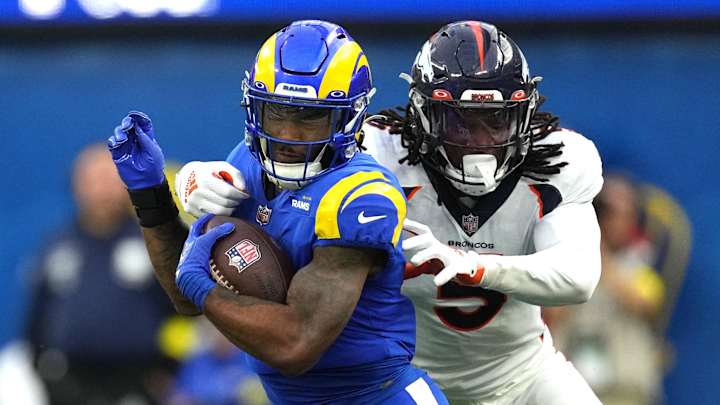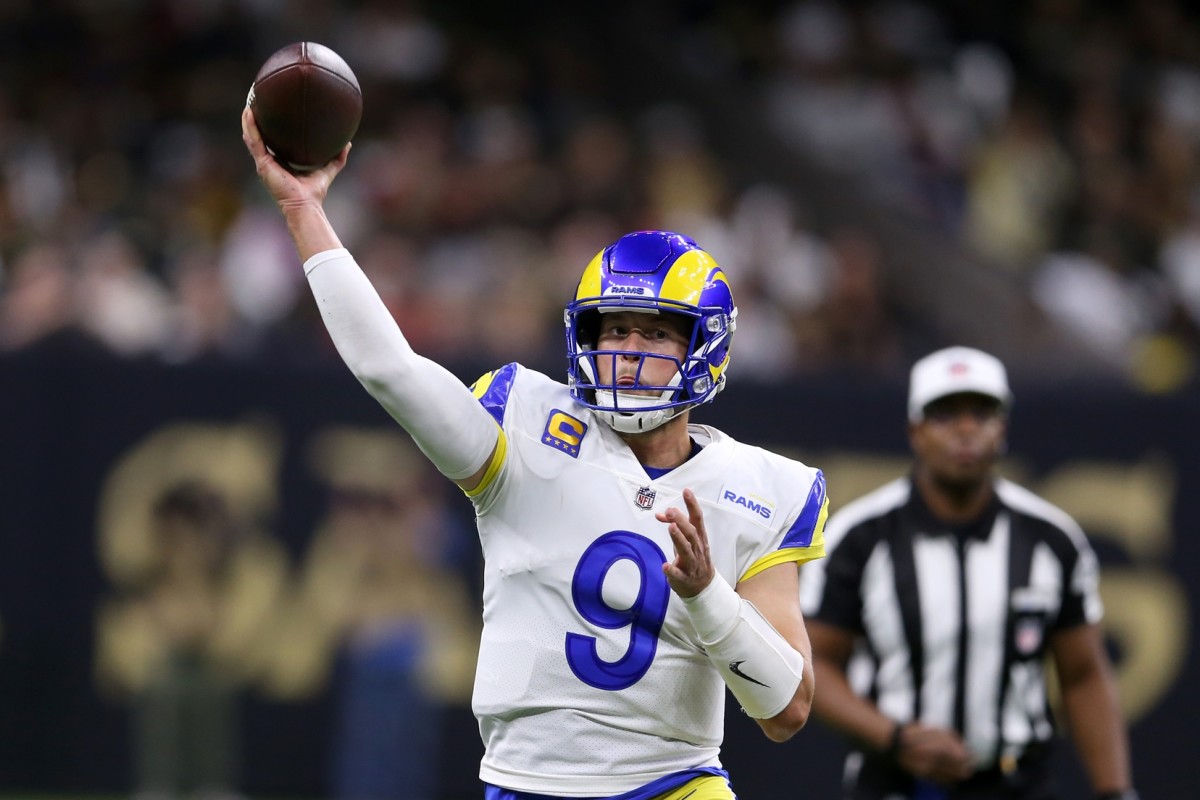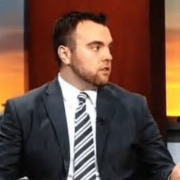NFL Free Agency Has Been a Trap for Desperate GMs

Hope. Excitement. Disappointment. Firings.
Welcome to the typical cycle of big spending in NFL free agency.
Every year, the same mating ritual begins in March. The NFL’s legal tampering period for free agency arrives, and general managers with a toasty seat begin spending wildly. After all, why not sign a known quantity—the best available—instead of gambling on a college kid with potential?
The answer, of course, is obvious. That college kid costs much less and is under team control for at least four years. And, yet, every winter, we watch GMs across the league spend lavishly, desperately hoping to microwave a contender.
Last year, the AFC West took center stage.
The Chargers led the way, spending a combined $110 million on corners J.C. Jackson and Bryce Callahan, linebacker Kyle Van Noy and defensive tackle Sebastian Joseph-Day. The result was the 21st-ranked defense and blowing a 27–0 lead to the Jaguars in the AFC wild-card round.

In a surprising last-second steal from the Cowboys, the Broncos signed edge rusher Randy Gregory to a five-year, $70 million contract. Gregory played six games and registered two sacks and 12 tackles. Denver went 5–12.
Then there were the Raiders, who landed edge rusher Chandler Jones on a three-year, $51 million pact. Jones posted 4.5 sacks, while Las Vegas ranked 24th in pressure rate and 30th in sacks.
Every year, a team convinces itself a big free agency will lead to an awesome autumn. History says otherwise.
In 2021, the AFC East was swinging big. The Jets signed edge rusher Carl Lawson and receiver Corey Davis to contracts equaling $82.5 million. Neither has meaningfully produced for Gang Green and could be cap casualties after two years.
That same offseason, the Patriots spent like a sailor just docked from a yearlong excursion. New England signed tight ends Jonnu Smith (four years, $50 million) and Hunter Henry (three years, $37.5 million), and receivers Kendrick Bourne (three years, $15 million) and Nelson Agholor (two years, $22 million) to bolster its offense.
Fast-forward to today. Agholor is a free agent, while Henry and Smith have combined for 1,651 yards over two seasons. Bourne posted 48 targets and 434 receiving yards in 2022.
What do all these teams have in common? Two things.
Each was frantic after missing the playoffs, and each drafted poorly in the years leading up to the spending sprees.
The Chargers have hit on their recent first-round selections—Joey Bosa, Mike Williams, Derwin James, Justin Herbert—but haven’t found a single Pro Bowl player in the final six rounds since linebacker Denzel Perryman in 2015.
Denver is even worse off. Save for corner Patrick Surtain II, the Broncos have failed to draft a single first-team All-Pro since selecting edge rusher Von Miller in 2011. And Surtain is the only Pro Bowler from Denver’s last four draft classes.
As for the Patriots and Jets, similar situations. The last time Bill Belichick drafted a Pro Bowl player at a skill position was 2010, when he selected tight end Rob Gronkowski in the second round. The Patriots have whiffed badly in attempts since, including receivers Aaron Dobson, Malcolm Mitchell and N’Keal Harry, among others.
The Jets appear to have finally aced the draft this past year, selecting wide receiver Garrett Wilson and cornerback Sauce Gardner in the first round, with both winning Rookie of the Year honors. But before their splurge in 2021, they repeatedly missed on first-round choices while landing very little on the second and third days of the draft.
Going back in time, there are some other classic misfires.
In 2013, the Dolphins signed linebacker Dannell Ellerbe and receiver Mike Wallace for $95 million combined, both for five years. They each lasted two seasons, while Miami went 16–16 before the Dolphins released them.
Washington famously signed defensive tackle Albert Haynesworth to a seven-year, $100 million contract in 2008 after two first-team All-Pro seasons with the Titans. Haynesworth proceeded to post 6.5 sacks across two seasons before being cut.

The best contenders are almost always set up through the draft. Occasionally there’s an outlier such as the 2021 Rams. Los Angeles general manager Les Snead built his team largely through trades, acquiring quarterback Matthew Stafford, cornerback Jalen Ramsey and Miller.
But the Rams took a big step back in 2022 due to myriad injuries and lacking drafts. They went 5–12, the worst Super Bowl hangover in league history.
Looking at SI Sportsbook’s odds for Super Bowl LVIII favorites, it’s the Chiefs, Bills, 49ers, Eagles and Bengals leading the way. All have used the draft as their main roster-building avenue. And save for San Francisco, each has found a superstar quarterback through the draft as well.
Ultimately, this offseason will be no different than the past. General managers know the lessons. They’re aware of the pitfalls.
But a few trying to save their jobs will convince themselves the best way is through their wallets. The same wallets many will need to pay movers in a few years.
